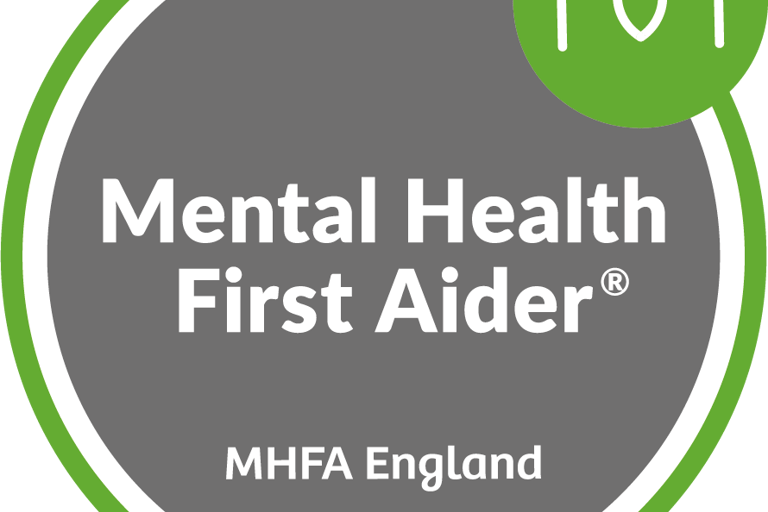Finding Places of Healing: Discover People, Things, and Places that Nourish Your Soul
5/29/20243 min read


The Importance of Healing Spaces
In an increasingly fast-paced world, the importance of healing spaces cannot be overstated. Such spaces play a crucial role in nurturing our mental, emotional, and physical well-being. Healing environments, whether they involve people, places, or activities, provide essential solace and rejuvenation, aiding individuals in their recovery from stress, trauma, or the rigors of daily life. These sanctuaries are indispensable for fostering holistic health and ensuring a balanced life.
Psychologically, healing spaces offer a refuge from the overwhelming stimuli of modern living. By providing a serene and supportive environment, these spaces enable individuals to process emotions, reduce anxiety, and regain mental clarity. For instance, nature retreats offer a tranquil setting where one can disconnect from technology and immerse themselves in the calming influence of the natural world. Research has shown that spending time in nature can lower cortisol levels and improve mood, underscoring its profound impact on mental health.
Emotionally, being in a healing space allows for the expression and release of pent-up feelings. Supportive communities and meditation centers often serve as safe havens where individuals can share their experiences and find empathy and understanding. These environments foster a sense of belonging and connectedness, which are vital for emotional resilience. Engaging in activities like yoga, meditation, or mindful breathing within such spaces can further enhance emotional stability and promote inner peace.
From a physiological standpoint, healing spaces contribute to physical well-being by reducing stress-induced ailments and promoting relaxation. Environments designed for healing often incorporate elements such as natural light, soothing colors, and comfortable furnishings, which collectively create a nurturing physical atmosphere. Practices such as Tai Chi or therapeutic massages within these spaces can lead to improved circulation, reduced muscle tension, and overall better health.
Examples of effective healing spaces include nature retreats, meditation centers, and supportive communities. Nature retreats, such as forests and beaches, offer the dual benefit of physical activity and mental relaxation. Meditation centers provide structured environments for mindfulness practices, while supportive communities offer a network of care and encouragement. Each of these spaces exemplifies how the right environment can significantly contribute to holistic health, making the pursuit of healing spaces a vital endeavor for anyone seeking balance and well-being.
Identifying Your Personal Sources of Nourishment
Finding places of healing begins with identifying what truly nourishes your soul. This journey requires self-reflection and mindfulness, allowing you to discover the people, activities, and places that restore your balance and well-being. Start by setting aside moments for quiet contemplation each day. During these times, reflect on experiences that have left you feeling refreshed and revitalized. Consider keeping a journal to document these reflections, noting any patterns or recurring themes that emerge.
Engaging in mindfulness practices can also be beneficial. Techniques such as meditation, deep-breathing exercises, or mindful walking help you become more attuned to your inner feelings and needs. These practices create space for introspection, enabling you to identify the elements in your life that bring you peace and joy. As you deepen this awareness, it becomes easier to recognize which relationships, activities, and environments contribute positively to your well-being.
Once you have a clearer understanding of your personal sources of nourishment, it is essential to integrate them into your daily routine. Creating a personal sanctuary at home is one effective way to achieve this. Whether it’s a cozy reading nook, a tranquil garden space, or a dedicated meditation corner, having a designated area for relaxation can provide a consistent refuge from the stresses of daily life.
Spending time with loved ones who uplift and support you is another crucial aspect. Surround yourself with people who encourage your growth and happiness. Engaging in hobbies that bring you joy, whether it's painting, gardening, or playing a musical instrument, also plays a significant role in maintaining your mental and emotional health.
Exploring natural settings, such as parks, forests, or beaches, offers tranquility and a profound sense of connection to the world around you. Nature has an innate ability to soothe and heal, making it an invaluable resource for those seeking balance and nourishment.
Anecdotes and case studies illustrate the positive impacts of prioritizing these healing experiences. Take, for example, Jane, who found solace in daily walks through her local park, or Tom, whose weekly gatherings with friends provided the emotional support he needed. These stories highlight the transformative power of identifying and embracing personal sources of nourishment.
In the hustle and bustle of life, it is vital to regularly seek out and prioritize these healing experiences. By doing so, you can maintain overall well-being and achieve a more balanced, fulfilling life.






